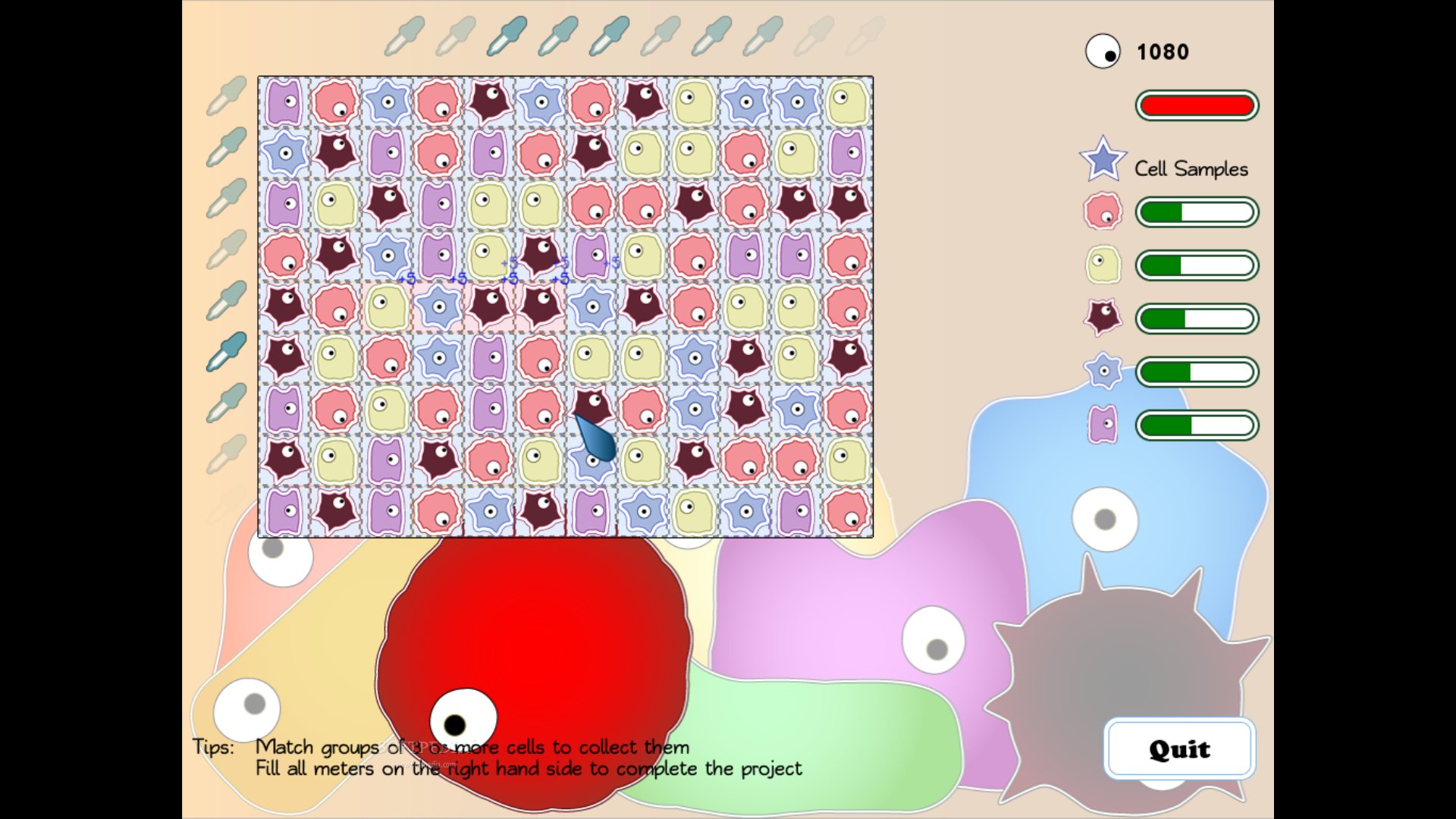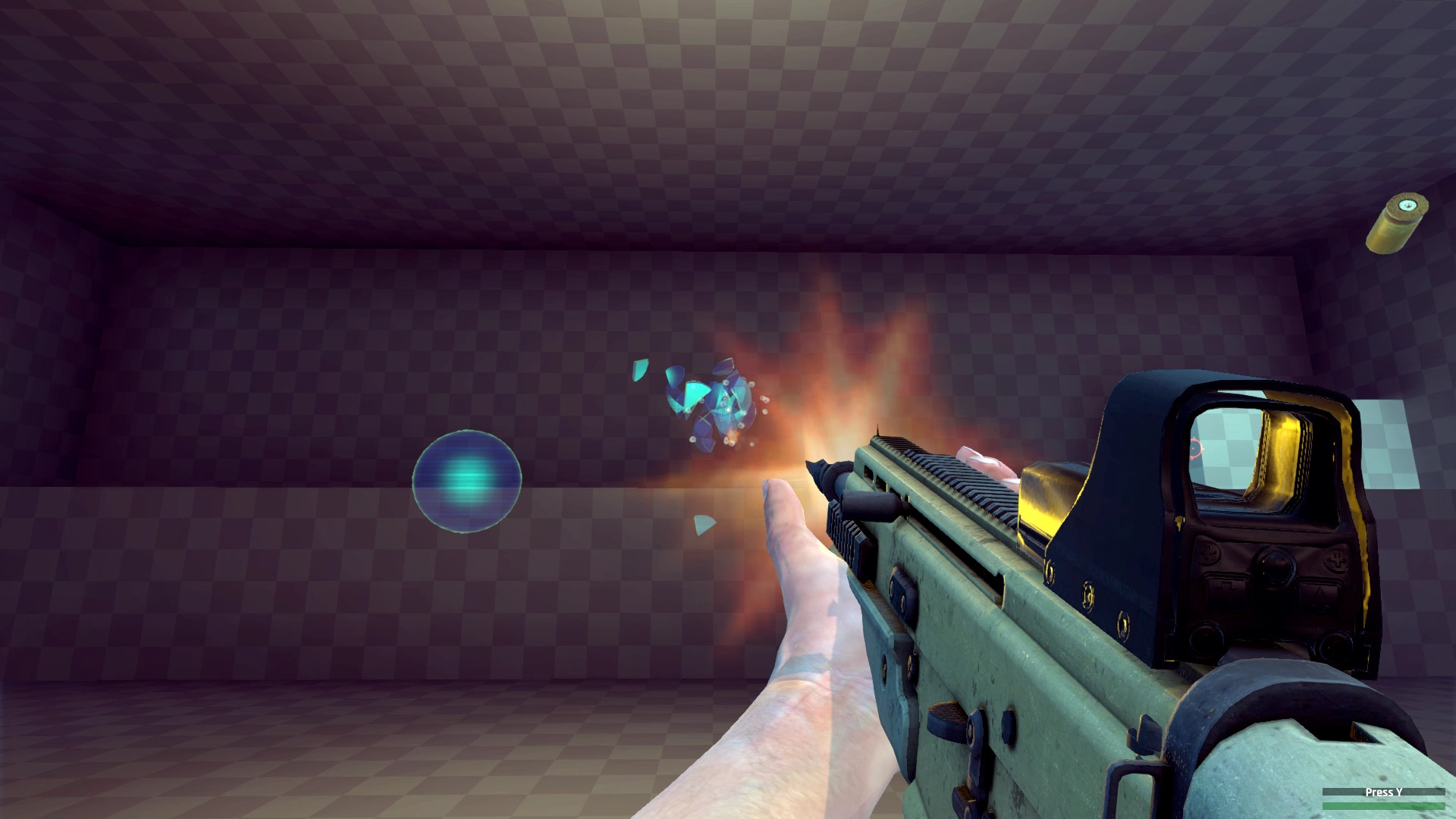

“And we’re very confident we’ll get back above that threshold. “We’ve learned a lot through those experiments,” Lawrence Livermore Director Kimberly Budil said during a celebration of December’s ignition. The five attempts since have all failed to repeat it.

In December, 192 of the most energetic lasers in the world heated up a tiny pellet of hydrogen atoms with such force, they fused together to create helium and - most importantly - excess energy.Ī little more than 2 megajoules of energy going into the target chamber became 3.15 megajoules coming out - a modest gain of around 50%, but enough to make history and allow scientists to call the experiment a true success. If not for its work studying nuclear weaponry without the need for test explosions, the program might have lost funding years ago.īut now, for the first time since breaking ground in 1997, the National Ignition Facility can finally live up to its name. With a legacy of delays and cost overruns, the National Ignition Facility was wryly nicknamed the “National Almost Ignition Facility,” or “ NAIF,” by critics in Congress.

Abrams used it to portray the warp core of the USS Enterprise in “Stark Trek Into Darkness.” The very middle of this target chamber becomes the hottest place in the solar system every time they run a fusion experiment, and it is covered with enough gleaming machinery that J.J. Running across the soaring white ceilings are miles of square tubes holding 192 of the most energetic lasers in the world, all snaking toward a round room at the center. Ma’s office is a giant box of lasers the size of three football fields in the corner of a 7,000-acre lab in Livermore. Nuclear fusion: How long until this breakthrough discovery can power your house NIF's target chamber is where the magic happens - temperatures of 100 million degrees and pressures extreme enough to compress the target to densities up to 100 times the density of lead are created there.


 0 kommentar(er)
0 kommentar(er)
